TITLE
Nature as a Salve for Children With Autism
DESCRIPTION
There are many schools and centers that treat autistic children with standard classroom and therapeutic protocols. However, there is a growing body of literature that has empirically researched new ways of working with autistic children and young adults: NATURE!
Erin Laraway, at the the Brooklyn Occupational Training Center, a public high school for adolescents with special needs in the Gravesend has the students “work” outside in the center’s garden as part of their therapy. “Ms. Laraway is not trying to cure her students of autism, a neurological condition that affects one in 54 children in the United States (active link), in varying degrees, according to the Centers for Disease Control and Prevention. But she hopes that the relaxed atmosphere in the garden will help her students, many of whom fall on the severe end of the autism spectrum, improve their verbal and social skills as well as equip them for employment after they graduate.” This is not a unique approach in that there are a number of observational studies of autistic individuals with animals (dogs and horses) that demonstrate a practical approach:
“It appears to be helping. Her students interact more with their peers in the garden than they do in the classroom, Ms. Laraway reported.”
This article can be helpful along with the child development chapters as well as chapters that highlight developmental disabilities. Students who have an interest in this area can do further exploration using the link below under discussion questions.
SOURCE
New York Times, July 15, 2021, by Richard Schiffman
LINK TO RESOURCE
https://www.nytimes.com/2021/07/15/well/family/nature-autism-children.html?smid=url-share
(Tiny URL) https://tinyurl.com/23ph8chw
CLASS DISCUSSION QUESTIONS:
•What are the observed effects of having autistic individuals work in gardening and out in nature?
•What are some of the reasons as to how this type of treatment differs from standard classroom and therapy protocols?
•Another possible resource for those who would like more information about alternative treatments for autism (You can read the abstract for free but not the article — so go to your college library for the entire article.)
Autism and Equine-Assisted Interventions: A Systematic Mapping Review: B Caitlin McDaniel Peters & Wendy Wood
DOI: 10.1007/s10803-017-3219-9


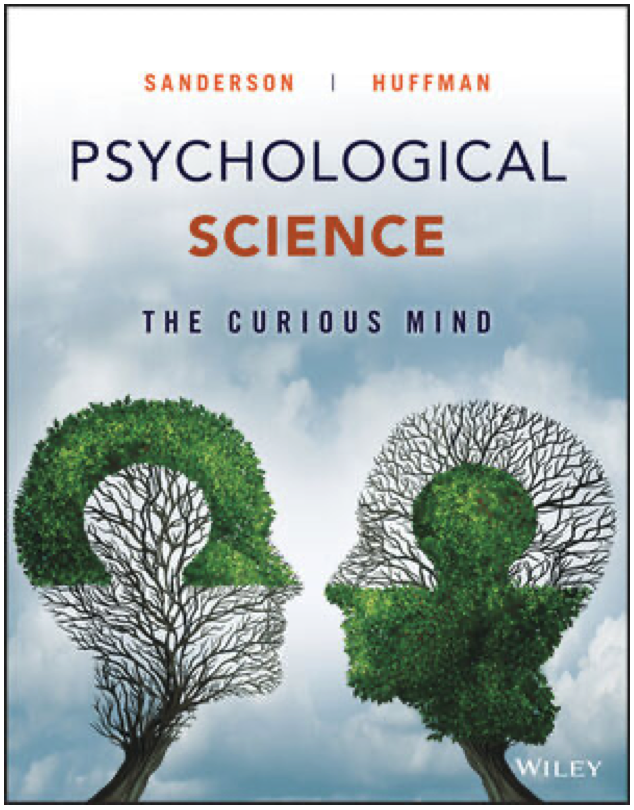
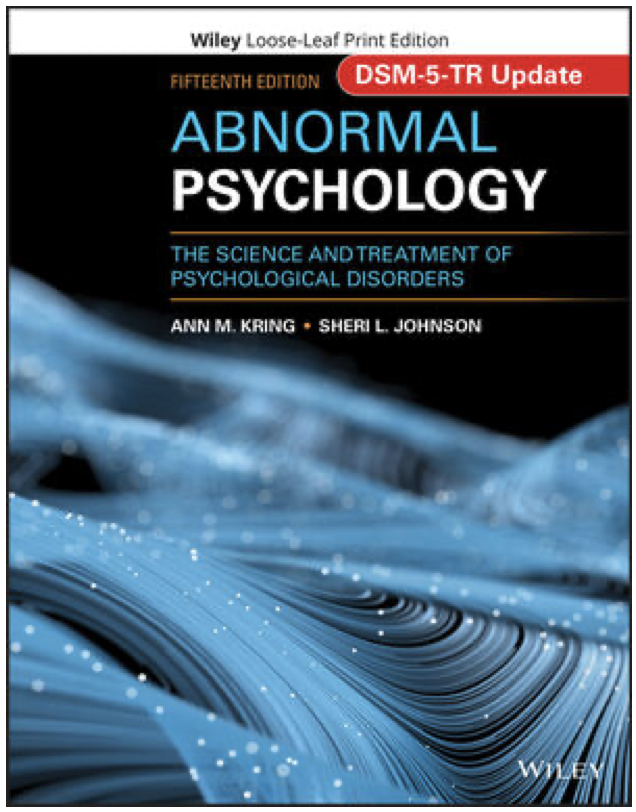
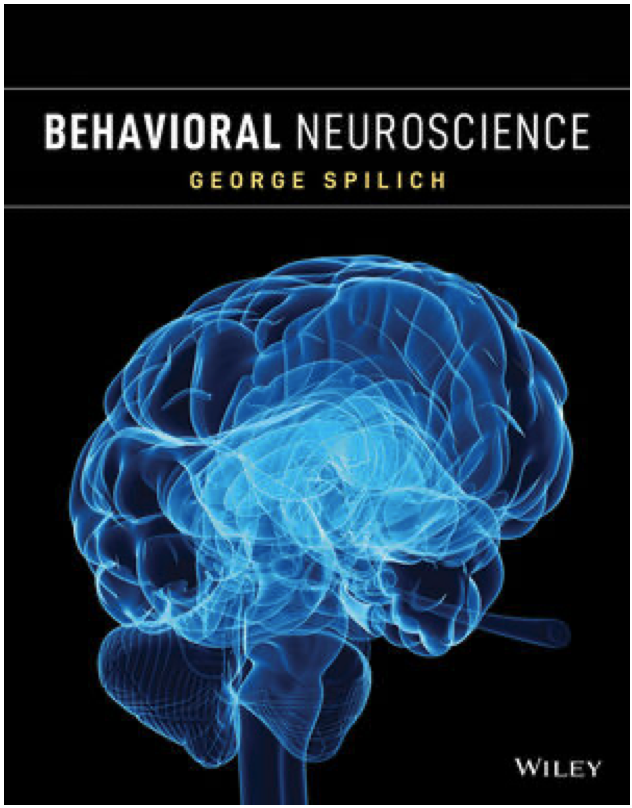
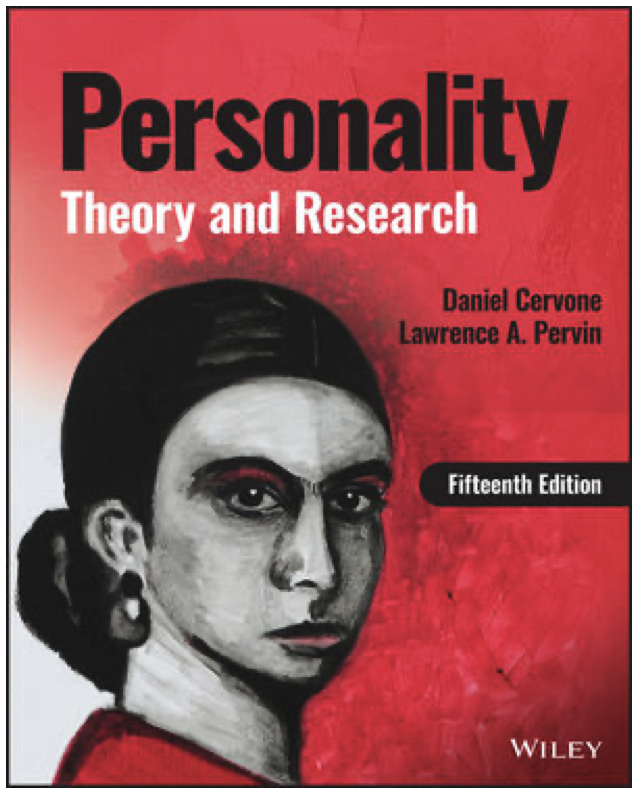
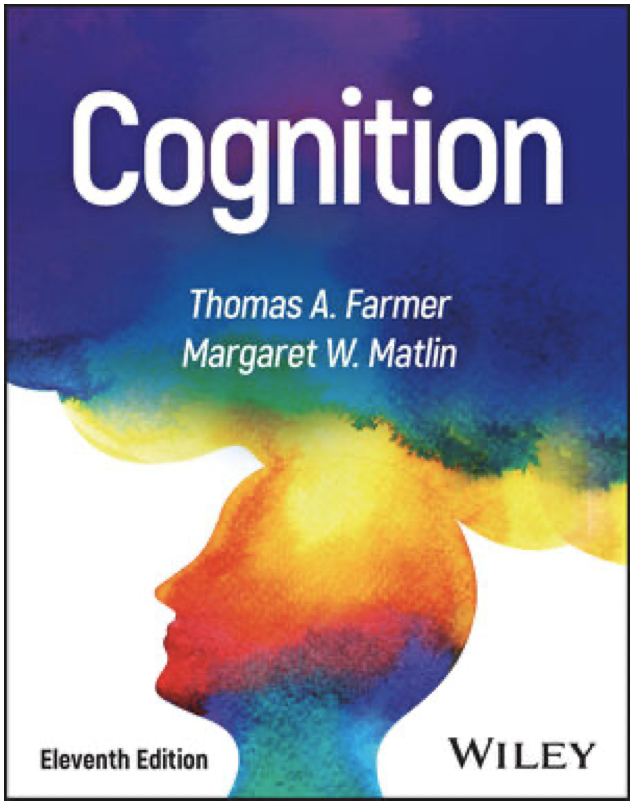
Leave a Reply